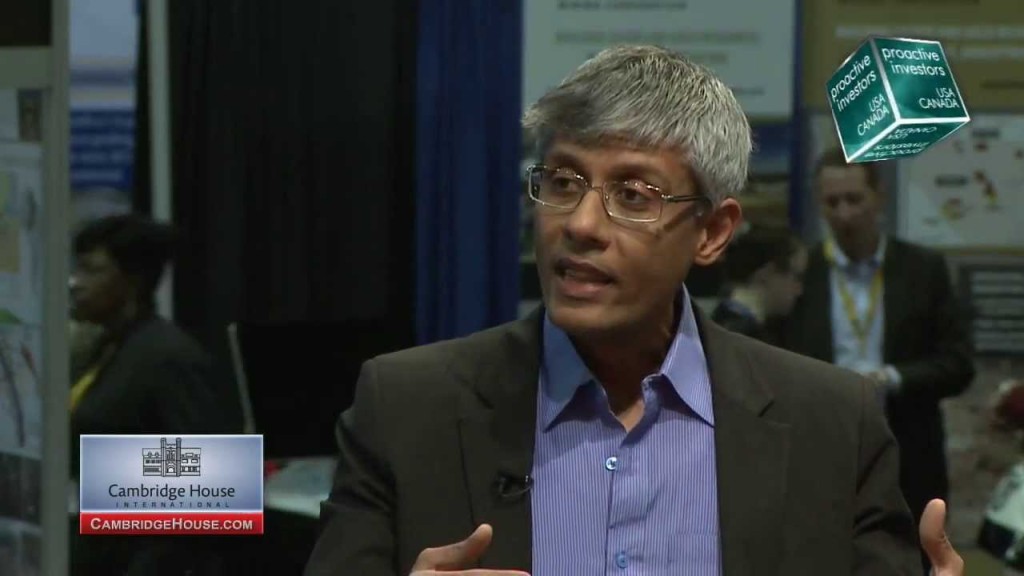By Henry Bonner (hbonner@sprottglobal.com)
Read online >
At around $1,200 per ounce as of May 20, gold has remained relatively steady over the last year and a half. Buying in physical gold markets has helped prevent further slides.
India in particular has been a major purchaser of physical gold. In 2009, the Indian government made headlines by purchasing 200 tons of gold from the IMF1 and Indian savers have been major buyers of gold on international markets.
Jayant Bhandari emigrated from India at age 36. Since then, he has kept a close eye on India’s economy and markets.
Earlier this year, he made a prescient call in Sprott’s Thoughts that the Indian stock market was likely to come down.
What is Jayant’s take on India’s demand for gold, and what does it mean for us?
Jayant sees gold becoming much more important in North America and Europe going forward, mirroring its role in India’s troubled economy.
Jayant writes:
People in India buy gold as a store of value. In my view, they don’t care about appreciation. In fact, they may not mind losing part of their purchasing power. They are desperately attempting to secure some of what they have.
Why are Indians turning to gold?
Individuals in India are recognizing that real yields from stocks, bonds, and real-estate will likely be negative. Gold offers a store of value that pays no yield, but when real yields are negative, gold becomes competitive.
Property, stocks, bonds, and gold
A whopping two thirds of India’s household savings are in property and gold.2 The middle class dumps savings into property to store wealth. Rental yields have been driven down to around 2% in Delhi and 3.5% in Mumbai as of 2013.3
A lot of the housing supply sits empty in the hands of middle-class savers.4 They won’t rent out property because they lack legal protection against tenants or illegal squatters.
Regular Indians face restrictions on taking their money outside of the country, so they tend to put savings into the Indian stock market for lack of options. Like property markets, Indian stocks pay paltry dividend yields of around 1.4%, according to the S&P BSE Sensex Index, which tracks India’s largest publicly-traded companies.5
Foreigners have entered a stock market that was already expensive, attracted by the appeal of the new Prime Minister, Narendra Modi. Many have viewed him as an economic savior, and driven share prices even higher.
Meanwhile, bond yields on ‘risk-free’ government bonds are around 8%,6 which shows how compressed the yields on stocks and real-estate have become.
The rupee is losing ground against the dollar by around 9% per year.7 Indian price inflation runs at around 9% per year as well.8 Yields are clearly too low to maintain purchasing power.
Until recently, shares and property prices were rising in real terms, so that savers were compensated for low income on investments with rising valuations.
Recently, stock market prices have begun to weaken. The Sensex is down around 7% from its highs in late January 2015.9
Without rising asset prices, stocks and real-estate fail to protect purchasing power for Indian savers. Bond yields are hovering around the inflation rate. This leaves gold as an alternative destination for savings.
Gold generates no yield. When yields overall are looking negative in real terms, the absence of yield is no longer a deterrent.
Besides the risk of falling asset prices, corruption runs rampant and the business environment is extremely challenging. You’re constantly under threat from fraud and extortion by authorities. This creates an additional need for keeping wealth out of harm’s way.
Indians aren’t speculators or ‘gold bugs.’ They buy gold because they’re willing to accept the absence of yields in order to preserve their wealth. Gold in rupees has not produced substantial returns yet, but Indians keep buying in order to move their wealth into a safer place.
‘Barbarous Times’ Ahead
Some call gold a ‘barbarous relic,’ after famed economist John Maynard Keynes used this term to describe the gold standard in the first half of the 20th century.
They’re right. Gold is a barbarous relic, but these are also ‘barbarous times.’
When risks outstrip potential returns, you’re more likely to lose money in investing than make money.
You’re willing to forgo returns, or even suffer losses, in order to preserve your wealth.
We’re beginning to see this behavior in the West too. In the last year, we’ve seen negative interest rates in Europe, despite a weakening euro.10
As economic growth stagnates in the West, asset price appreciation should also falter. The general investing population may realize that there is no growth, and that once the transitory phase of asset appreciation is over, real positive returns are likely to become scarce.
If investors discover that they are unlikely to earn positive returns on investments in stocks, bonds, or real-estate, the alternative of owning gold will become more attractive.
In a non-growth world, you can’t expect to make money on investments, so you need to look for ways of getting your wealth out of harm’s way.
As we’re seeing in India, gold can shine in these ‘barbarous’ times.
P.S.: Jayant is not afraid to speak his mind about the corruption and sometimes ‘backwards’ culture he has come across in India, which he says create a risky business environment.
Jayant discusses these issues (and how the West is sometimes stunningly similar) and more with a cast of speakers including our own Rick Rule in his yearly Capitalism and Morality get-together. Jayant’s mini-conference occurs August 1st in Vancouver, the day after the Sprott-Stansberry Vancouver Natural Resource Symposium. To find out more about the Capitalism and Morality event, click here.
1 http://www.wsj.com/articles/
4 http://www.huffingtonpost.in/
5 http://www.vectorgrader.com/
6 http://www.bloomberg.com/
7 http://www.bloomberg.com/
8 http://www.tradingeconomics.
9 http://www.bseindia.com/






















